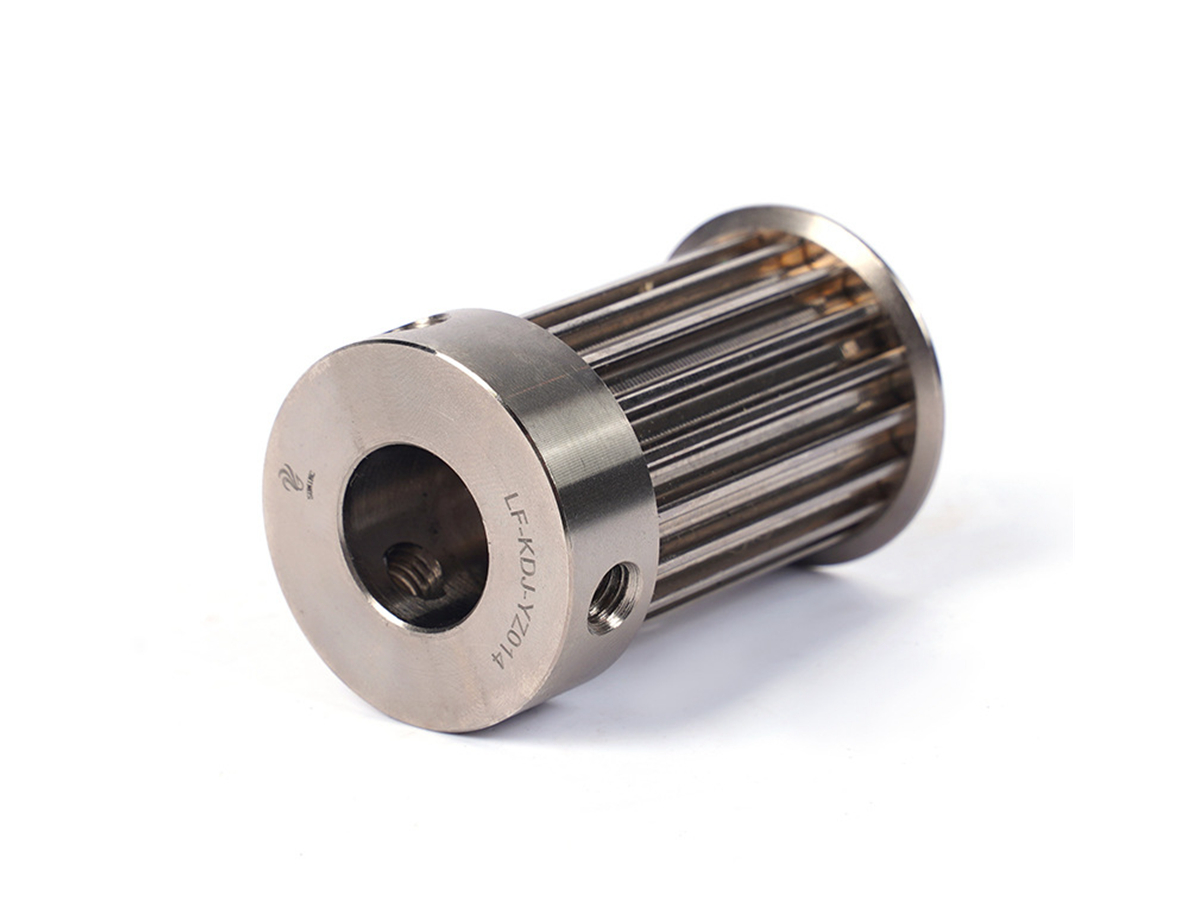CNC Boring in Medical Devices: How Brass and Stainless Steel Are Shaping the Future of Healthcare
Precision Manufacturing for Life-Critical Applications
Modern medical devices demand micron-level accuracy, biocompatibility, and sterilization resilience. CNC boring services enable surgical instruments and implant components with bore tolerances down to ±0.002mm, which is critical for insulin pumps and arthroscopic tools. Due to their antimicrobial properties and MRI compatibility, brass, and stainless steel account for 65% of metallic medical components.
The rise of minimally invasive surgery and IoT-enabled devices has driven demand for multi-axis CNC machining in biocompatible metals. From C360 brass endoscopic valves to SUS316L stainless steel bone screws, precision boring ensures leak-proof fluid pathways and <5μm surface finishes required by ISO 13485 standards.
Material Selection: Biocompatibility Meets Functionality
Material | Key Metrics | Medical Applications | Limitations |
|---|---|---|---|
500 MPa UTS, 35% Zn content | Endoscope valves, gas regulator bodies | Limited to <120°C sterilization cycles | |
485 MPa UTS, 16% Cr content | Orthopedic implants, surgical staples | Requires electropolishing for crevice corrosion resistance | |
860 MPa UTS, 10% elongation | Spinal fusion cages, dental implants | High machining costs | |
310 MPa UTS, 17% elongation | MRI machine components | Unsuitable for repeated autoclaving |
Material Selection Protocol
Fluid Handling Systems
Rationale: C360 brass offers optimal machinability (80% IACS conductivity) for complex fluid channels in dialysis machines. Post-machining passivation prevents dezincification in saline environments.
Implantable Devices
Logic: SUS316L's 0.03% max carbon content meets ASTM F138 implant standards. Precision CNC boring achieves Ra 0.2μm surfaces to inhibit bacterial adhesion.
Cost-Sensitive Components
Strategy: Aluminum 6061-T6 with anodizing reduces MRI component costs by 40% versus titanium while maintaining non-ferromagnetic properties.
CNC Boring Process Optimization
Process | Technical Specifications | Medical Applications | Advantages |
|---|---|---|---|
0.3-3mm bore diameter, ±0.0015mm tolerance | Hypodermic needle hubs | Eliminates post-process honing | |
30:1 L/D ratio, 0.005mm straightness | Laparoscopic instrument shafts | Maintains 0.01mm/m concentricity | |
5-axis simultaneous, 0.002mm positional | Prosthetic joint-bearing surfaces | 70° compound angle capability | |
0.5-10mm diameter, Ra 0.4μm | Neurosurgical cannulas | Single-pass drilling up to 500mm depth |
Process Strategy for Surgical Stapler Manufacturing
Rough Boring: Tungsten carbide tools machine 2mm staple channels at 150 m/min.
Stress Relief: 400°C vacuum annealing per ASTM F1377.
Finish Boring: Diamond-coated bars achieve Ra 0.1μm in C276 stainless steel.
Surface Treatment: PVD CrN coating was applied for 500+ autoclave cycles.
Surface Engineering: Medical-Grade Finishes
Treatment | Technical Parameters | Medical Benefits | Standards |
|---|---|---|---|
Ra 0.05-0.1μm, 20-50μm material removal | Reduces bacterial adhesion by 90% | ASTM B912 | |
0.01-0.1μm Cr₂O₃ layer | Prevents pitting in chloride environments | ISO 16048 | |
15-25μm thickness, 300-400 HV | Creates non-conductive MRI-safe surfaces | MIL-A-8625 Type II | |
0.05mm depth, UDI-compliant codes | Permanent device identification | FDA 21 CFR Part 11 |
Coating Selection Logic
Implantable Screws
Solution: Electropolished SUS316L achieves Ra 0.1μm to meet ASTM F86 surface requirements.
Reusable Instruments
Method: PVD AlTiN coatings withstand 1,000+ steam sterilization cycles without degradation.
Quality Control: Medical Device Validation
Stage | Critical Parameters | Methodology | Equipment | Standards |
|---|---|---|---|---|
Biocompatibility | ISO 10993-5 cytotoxicity ≤Grade 2 | Extractables testing | FTIR, GC-MS | ISO 10993 |
Dimensional Inspection | 0.002mm bore cylindricity | White-light interferometry | Alicona InfiniteFocus | ASME Y14.5 |
Sterilization | 134°C/30min autoclave cycles | Accelerated aging testing | Tuttnauer 3870EA | ISO 17665 |
Traceability | UDI code readability ≥Grade 4 | Laser contrast ratio analysis | Keyence IM-8000 | FDA UDI Final Rule |
Certifications:
ISO 13485:2016 for medical device quality management.
FDA 21 CFR Part 820 compliance.
Industry Applications
Surgical Robots: SUS316L + multi-axis boring (0.003mm positioning).
Insulin Pumps: C360 brass + electropolishing (Ra 0.08μm).
Orthopedic Trays: Aluminum 6061-T6 + laser marking (UDI compliance).
Conclusion
Precision medical CNC boring services enable FDA-compliant devices with 99.98% first-pass yield rates. Integrated one-stop manufacturing reduces time-to-market by 50% for Class II/III devices.
FAQ
Why is SUS316L preferred for surgical implants?
How does electropolishing improve medical device safety?
What standards govern medical CNC boring?
Can brass components withstand repeated sterilization?
How to ensure traceability in medical machining?

